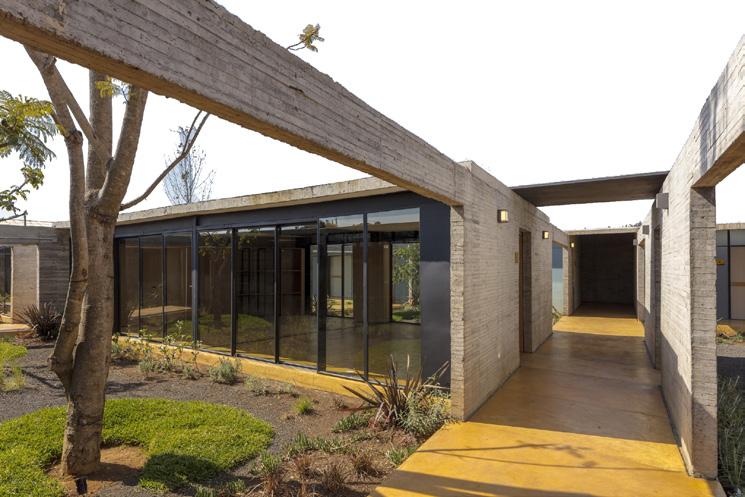
5 minute read
case study 2
Refuge For Women Victims Of Domestic Violence
ORIGEN 19º41' 53" N Arquitectos
Advertisement
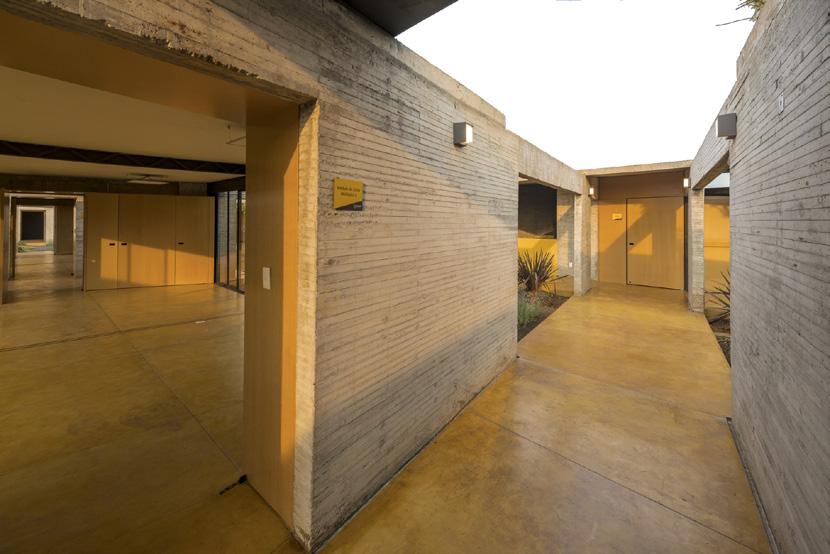
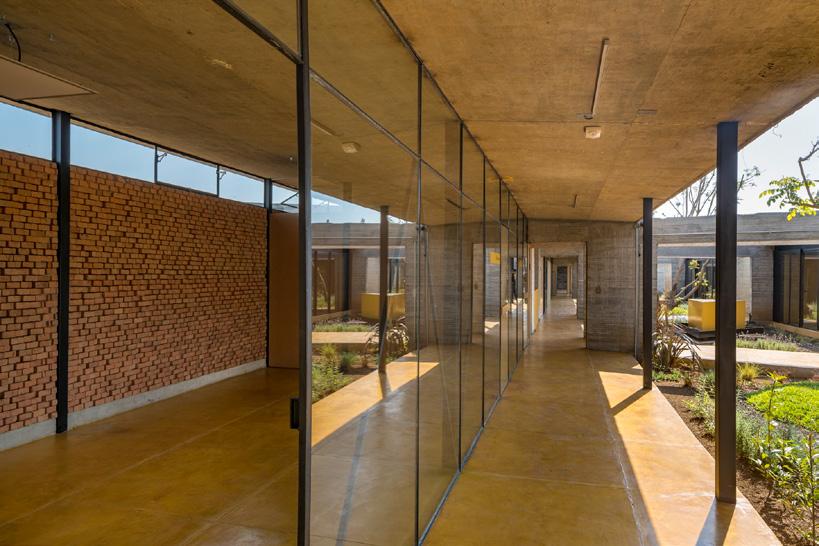
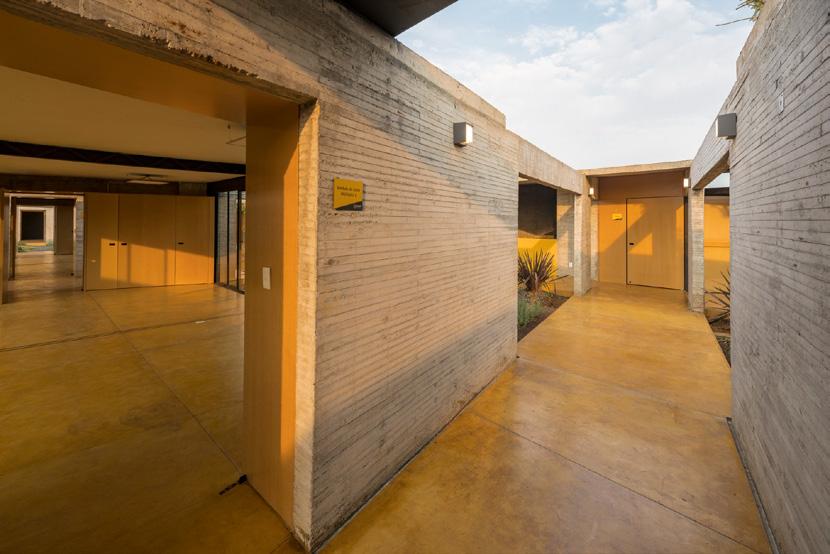
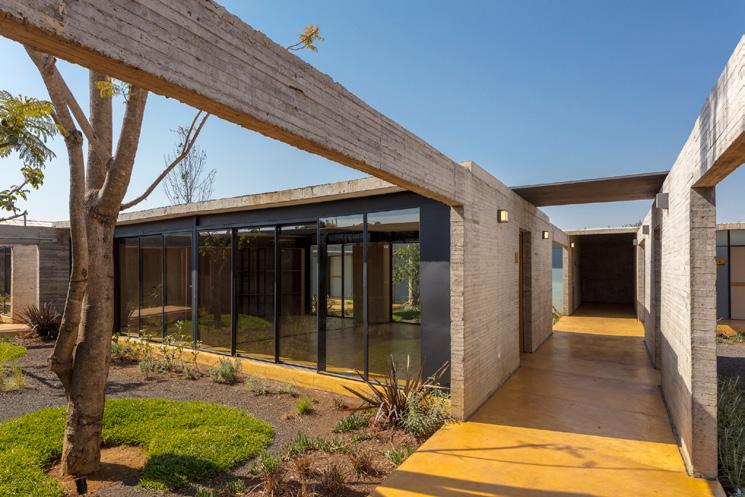
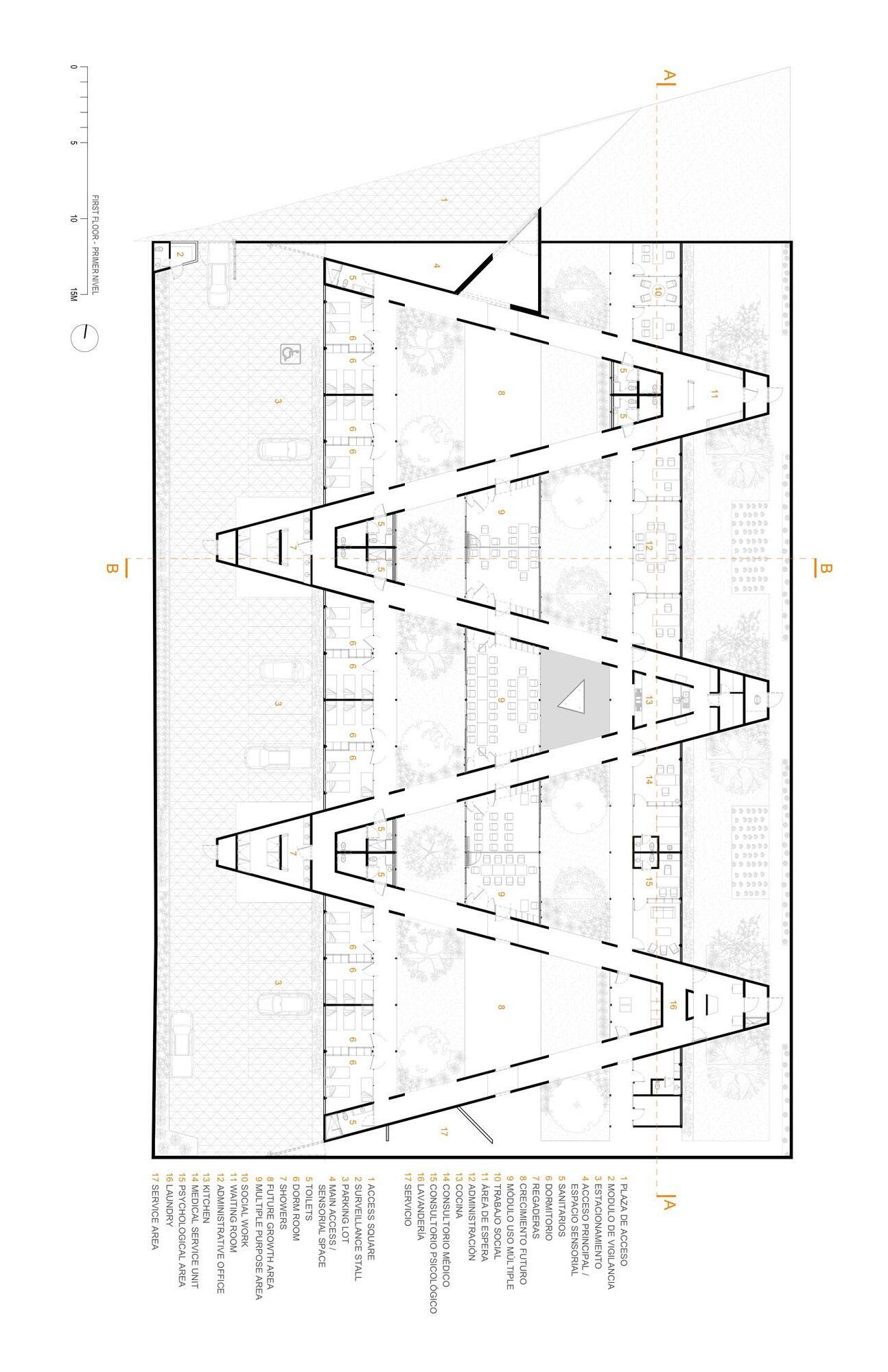
Location: Mexico relevant design elements and strategies
Relationship with nature
Prioritizing user-nature relationship reduces the feeling of isolation in users.
Nature is (quite literally) at the core of the project.
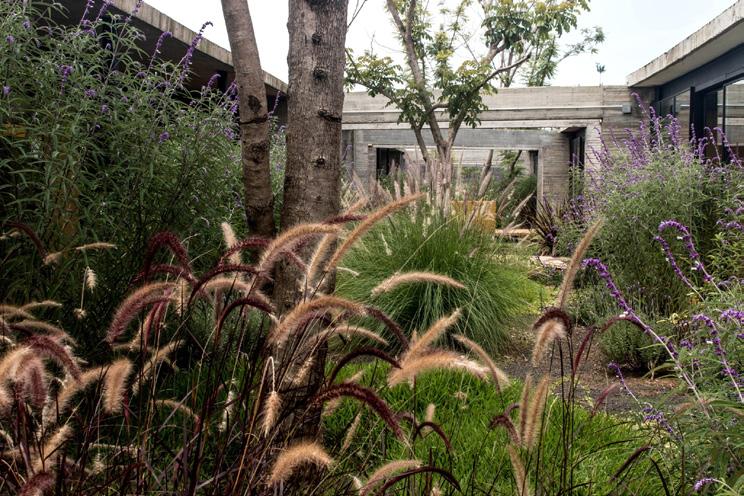
Multi-functional spaces
Designing flexible spaces allows reassigning functions when needs change.
Connections and corridors
Fluid transitions and sequence of spaces enables dynamic routes for free and spontaneous encounters.
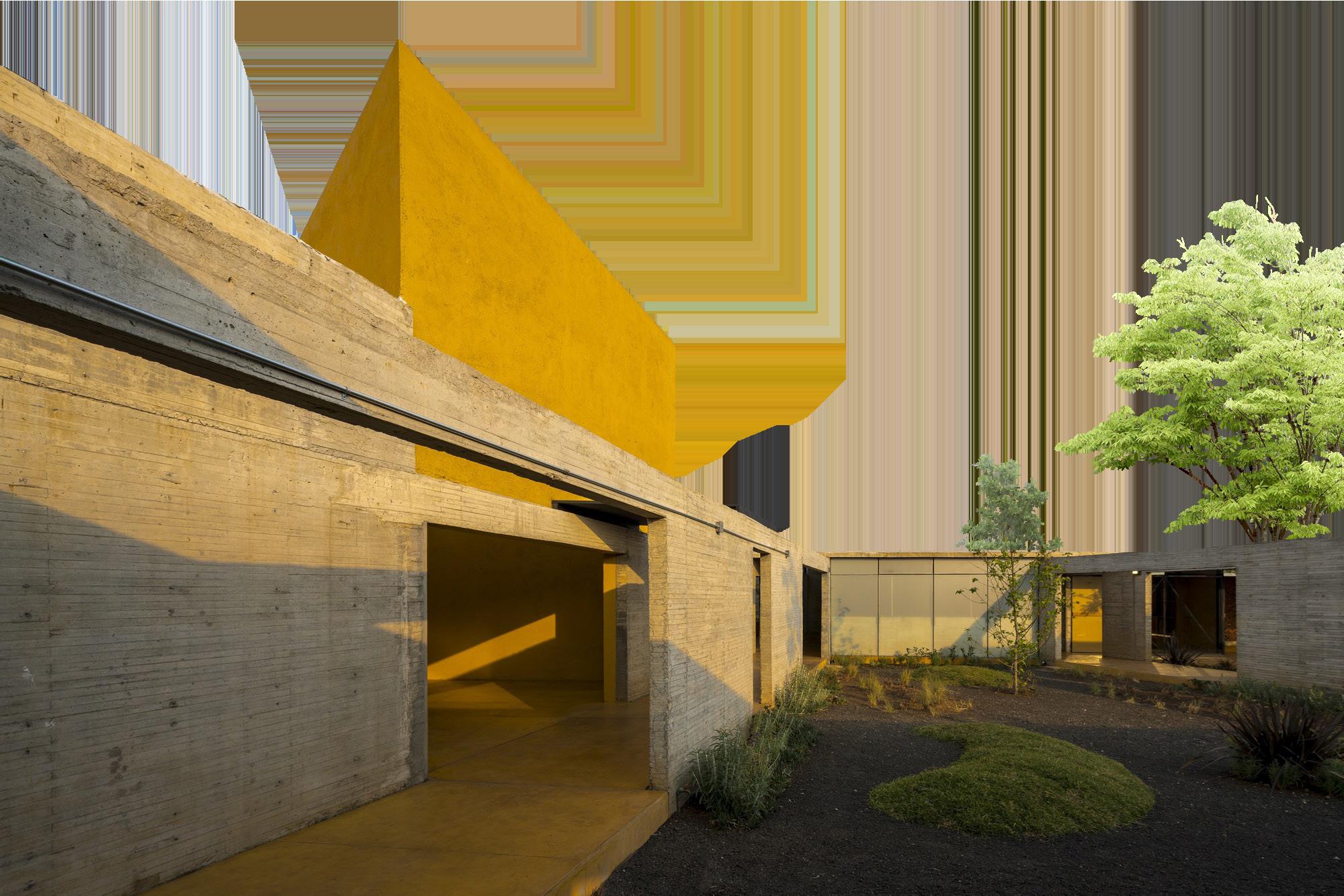
Design Strategies
Notions of Behavioral and Environmental Psychology
Many studies link users’ behavior and the space they live in. Proximity to nature has been associated with an increase in productivity, and some studies established an undeniable preference and therapeutic quality to windows with natural views.
The ideal standards for a space vary depending on site and climate. Design strategies could help users adapt and feel comfortable in it, reducing their stress levels.
Many impactful design choices for a shelter for DV survivors relate to giving a sense of control to the victim, encouraging social support, and reducing factors (e.g. overstimulation or lack of privacy and personal space).
Autonomy and self-sufficiency are fundamental for recovery, and are key in a person’s well-being. When someone lacks a sense of personal control, their concentration levels may decrease, and they are more likely to experience physical symptoms of illnesses.
18 Vivian Loftness, Bert Hakkinen, Olaf Adan & Aino Nevalainen. 2007. Elements That Contribute to Healthy Building Design. Environmental Health Perspectives.
19 Yousef Al horr, Mohammed Arif, Martha Katafygiotou, Ahmed Mazroei, Amit Kaushik & Esam Elsarrag. 2016. Impact of indoor environmental quality on occupant well-being and comfort. International Journal of Sustainable Built Environment.
20 Dak Kopec. 2006. Environmental psychology for design Fairchild
21 Patricia Yancey Martin. 2002. Sensations, bodies, and the “spirit of place”: Aesthetics in residential organizations for the elderly. Human Relations.
Fig. 14. Comparison between different Models of Recovery from Domestic Violence. Chart by Author.
Sources: Isobel Heywood, Dana Sammut & Caroline Bradbury-Jones (2019) A qualitative exploration of ‘thrivership’ among women who have experienced domestic violence and abuse: Development of a new model, BMC Women’s Health; Paulina Flasch, Christine E. Murray, and Allison Crowe (2015) Overcoming abuse: A phenomenological investigation of the journey to recovery from past intimate partner violence. Journal of Interpersonal Violence; Karen Neuman Allen L & Danielle F. Wozniak (2010) The Language of Healing: Women's Voices in Healing and Recovering From Domestic Violence, Social Work in Mental Health.
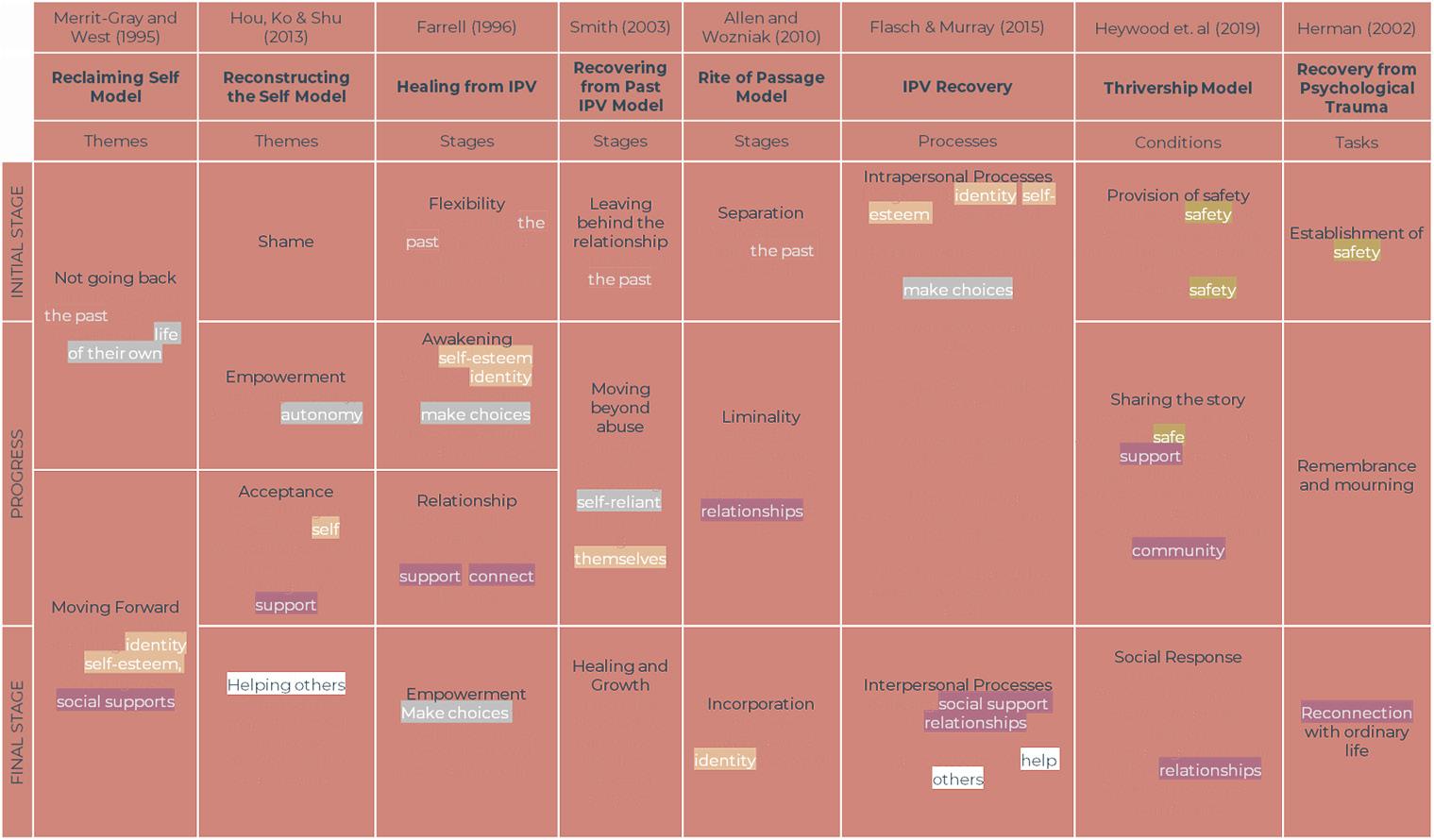
Overview Stages Of Recovery
Key Objectives
stage 1 acknowledging stage 2
Intrapersonal processes, acknowledging and distancing from the past, letting go establishing features of a life of their own, modifying boundaries, increasing resiliency, regaining identity self-esteem, and self-worth, embracing freedom making choices, healing.
EMPOWERING
Building autonomy, recognizing imperfect self, rediscovering themselves, finding their voice reevaluating roles and relationships, accepting, forgiving, restoring ability to trust moving beyond abuse stage 3 reconnecting safety attachment stress reduction
Creating a future and new social support, building relationships, helping others as a way to embody the self and make meaning of their experiences, finding sense of purpose moving towards personal accomplishments growth.
OBJECTIVEs:
Establish Privacy And Safety
Safety is a basic need, second only to physiological needs, and privacy is important when building up individuality. It gives a sense of freedom, whereas lack of privacy and personal space may make the user feel restricted and vulnerable.
Reinforce PLACE ATTACHMENT
Tends to lower stress levels and strengthen self-esteem.
autonomy control building identity connect
Reduce Stress Factors
A comfortable space can impact our ability to feel relaxed and safe.
Quick access into an initial safe space before further checkpoints. Living spaces should be distanced from the outside, adding to the perception of security.
The feeling of being seen can make people feel uneasy and threatened. Placing “safe spaces” (e.g. bedrooms) in elevated floors, separating them from the active areas, can impact users’ wellbeing, making them feel safer and even improve their sleeping habits.
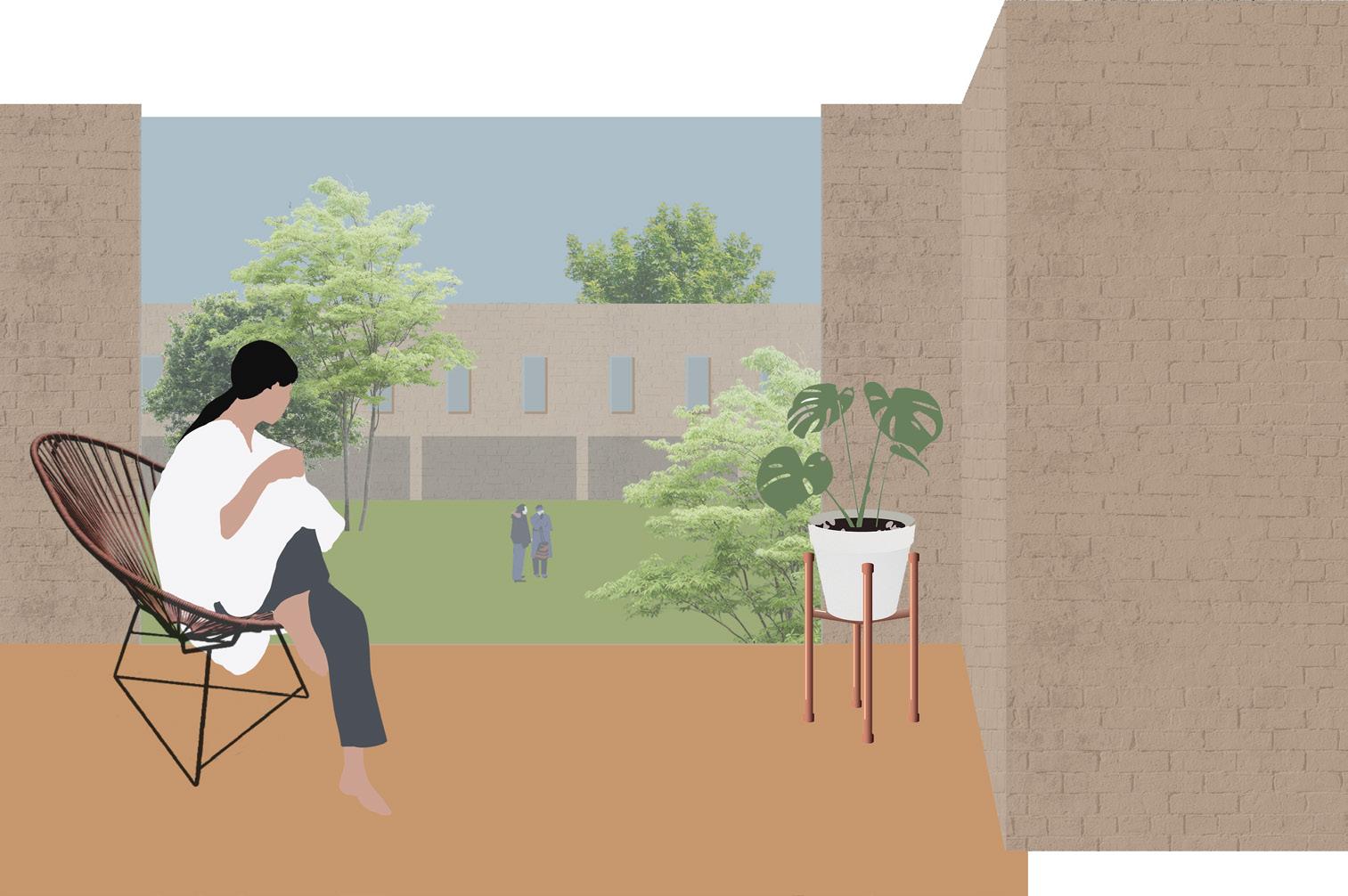
3. Balance the connection with the outside.
Distance units from neighboring buildings, preventing windows facing each other or considering the functions so that bedrooms do not face living areas.
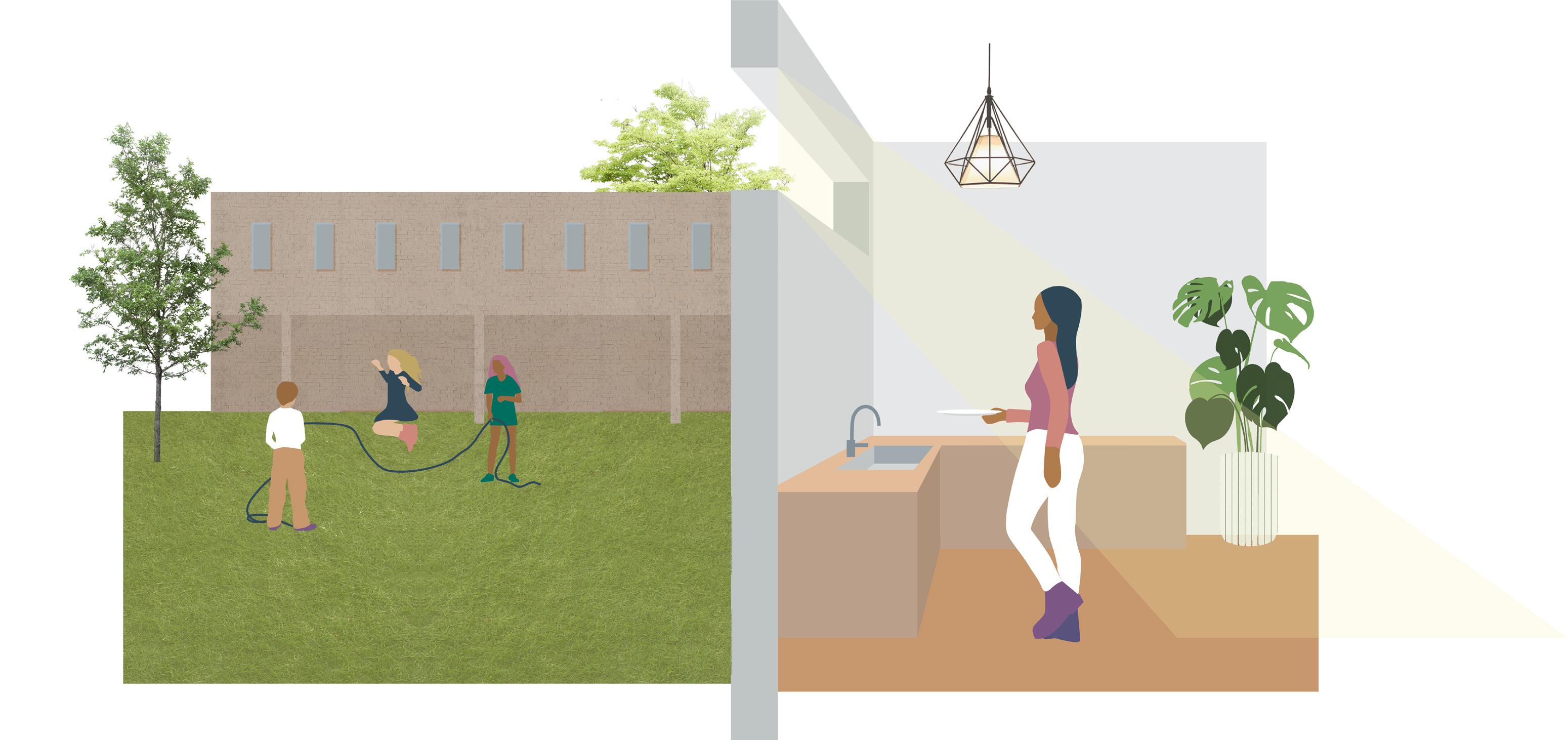
High windows can balance the entrance of daylight while ensuring privacy.
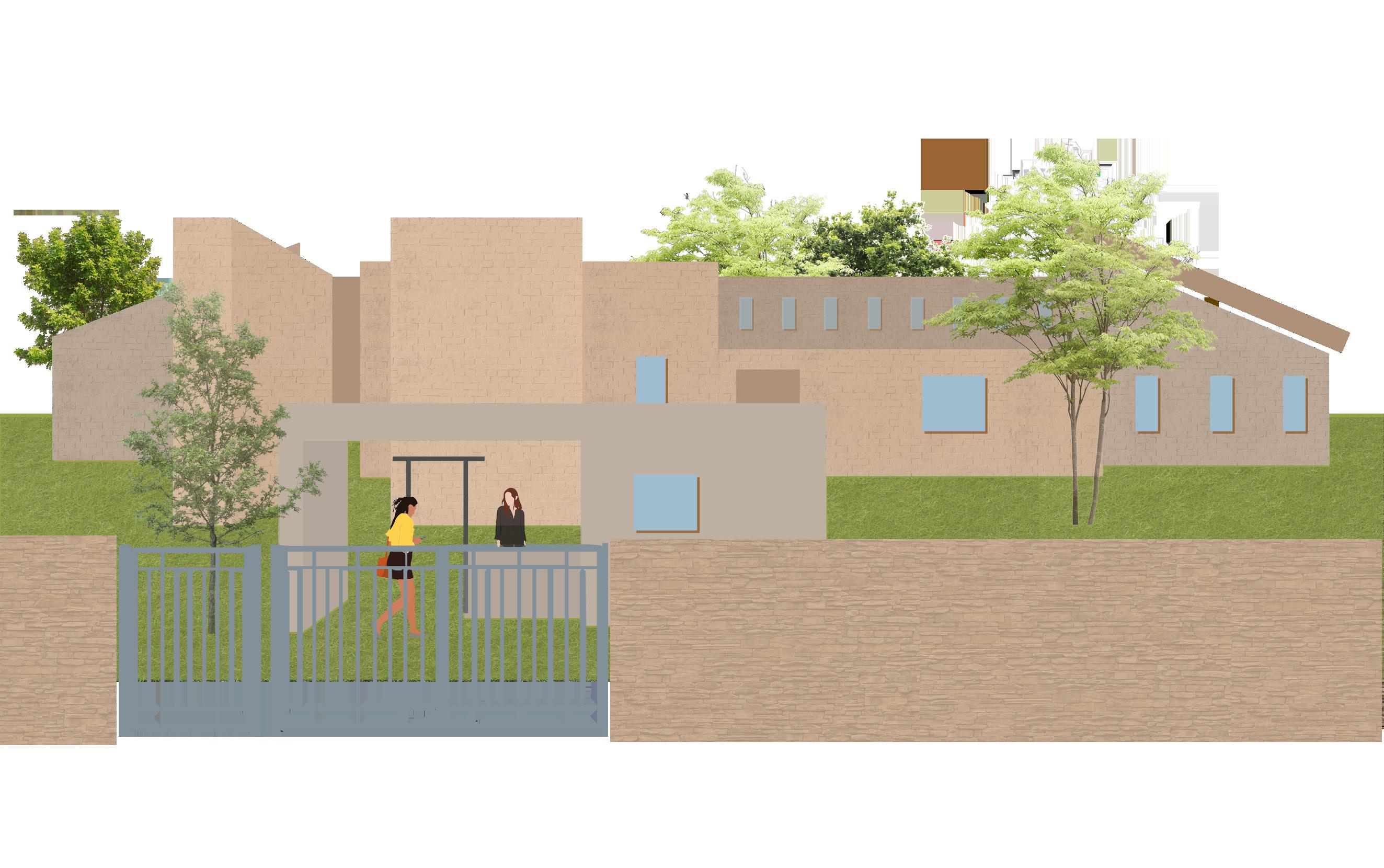
Reinforce PLACE ATTACHMENT | strategies
4. Design a space that feels like a home.
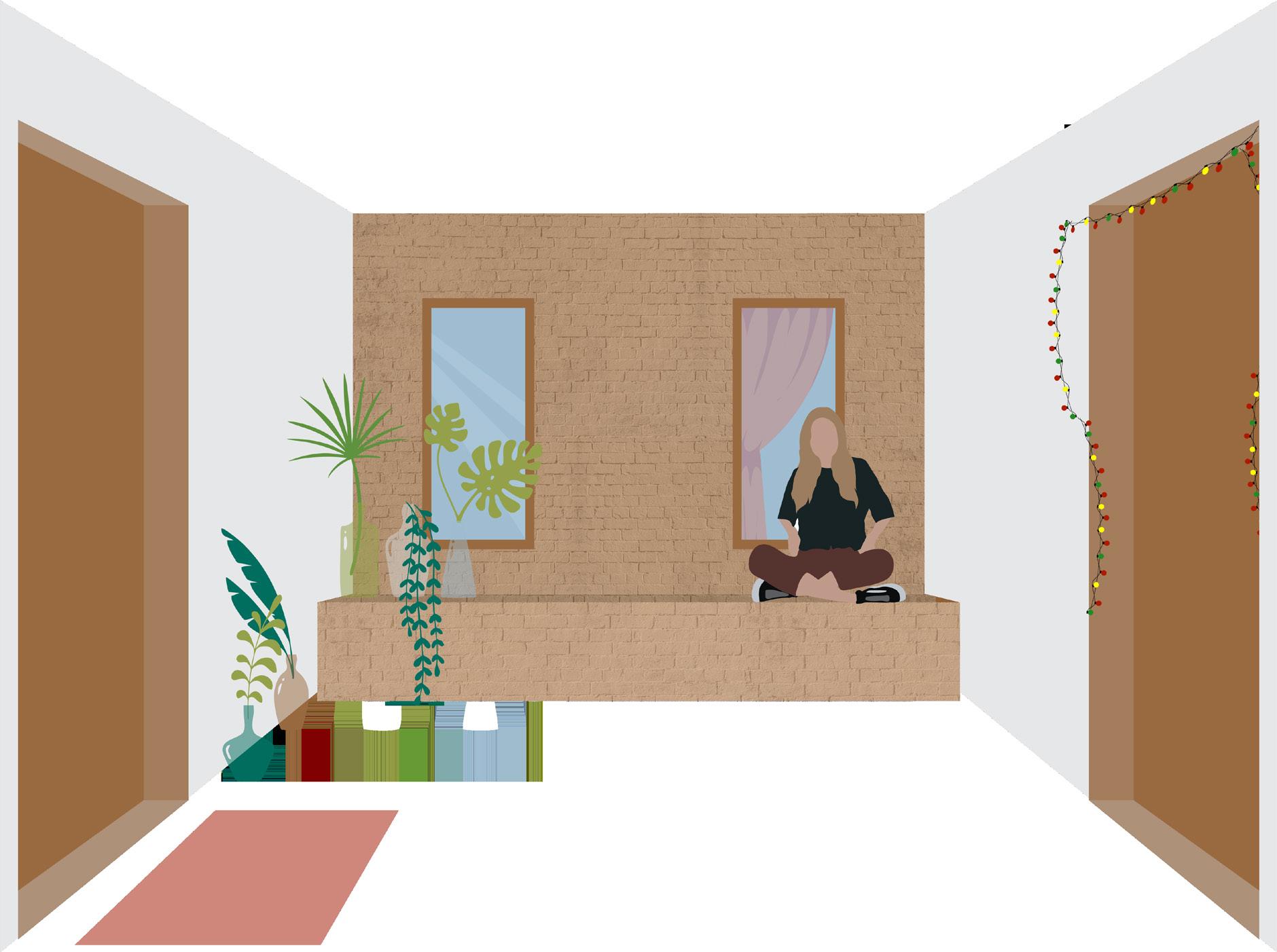
The concept of “home” is related to our self-definition, as it may affect the way we view our lives and ourselves. It is usually where we connect with ourselves.
Small design gestures may enhance the sense of identity the user feels, such as distinctive entryways for residential units. The use of familiar decoration style should be encouraged, such as warmer color palettes associated with “home” (as opposed to cooler tones associated with health or education facilities), or fabrics and textures in windows and furniture. Lighting might also create a homelike atmosphere and help define spaces.
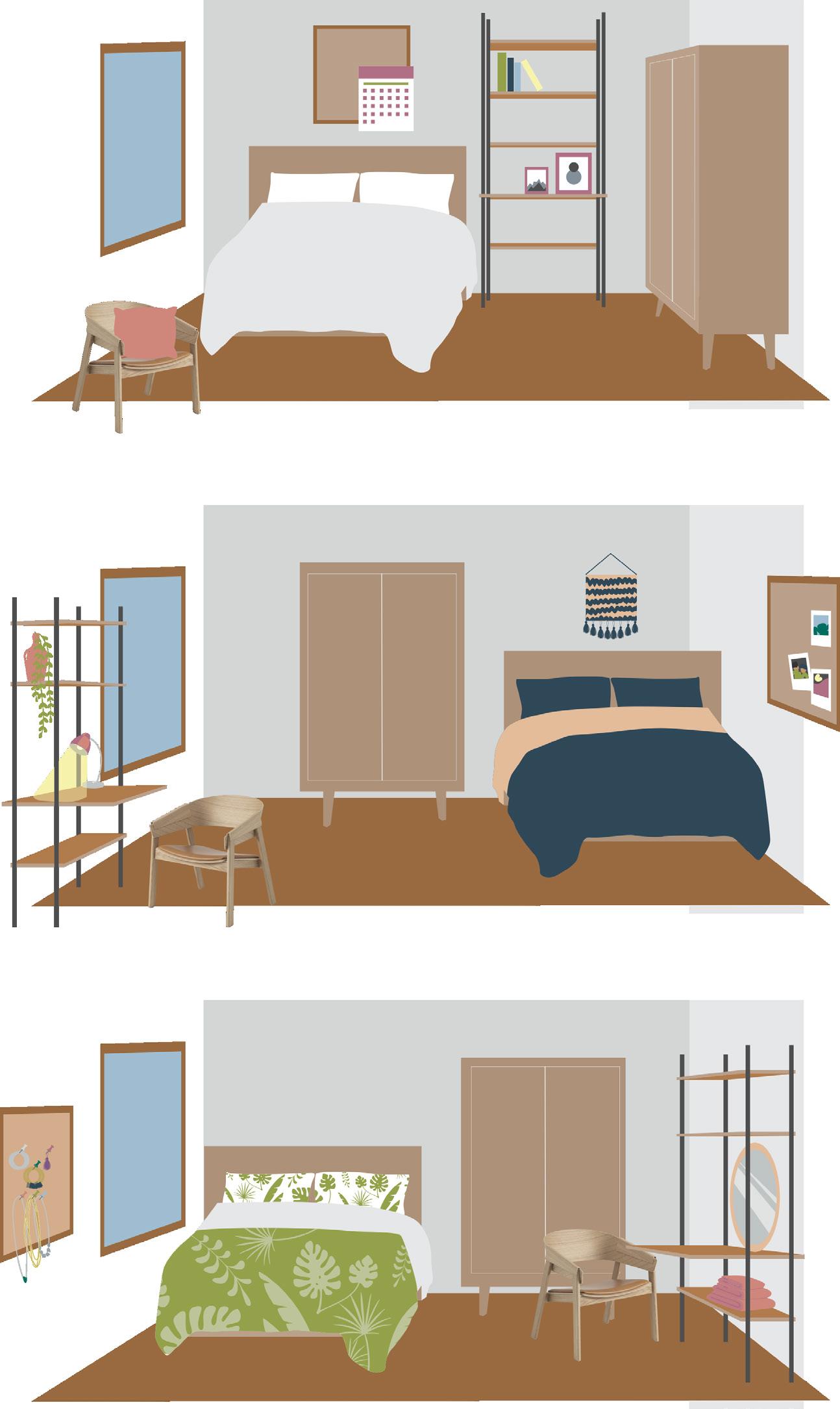
5. Encourage the personalization of spaces.
This can generate a sense of ownership and belonging, and it enhances function when rearranging furniture and creating new, private areas within a room. It also gives a sense of control over their space and a feeling of freedom in making choices.
Personalization can be encouraged by providing blank surfaces such as boards, shelves, and display areas for personal items.
REDUCe STRESS FACTORS | strategies
Daylight’s impact on happiness and wellbeing has been supported by several studies.
Naturally lit areas, including internal hallways, can be highly beneficial. However, privacy must not be compromised. Windows and other openings in private rooms which establish a direct visual connection with the outside must not face public areas. Adjustable shutters could also allow users to control when and how they wish to connect with the outside.
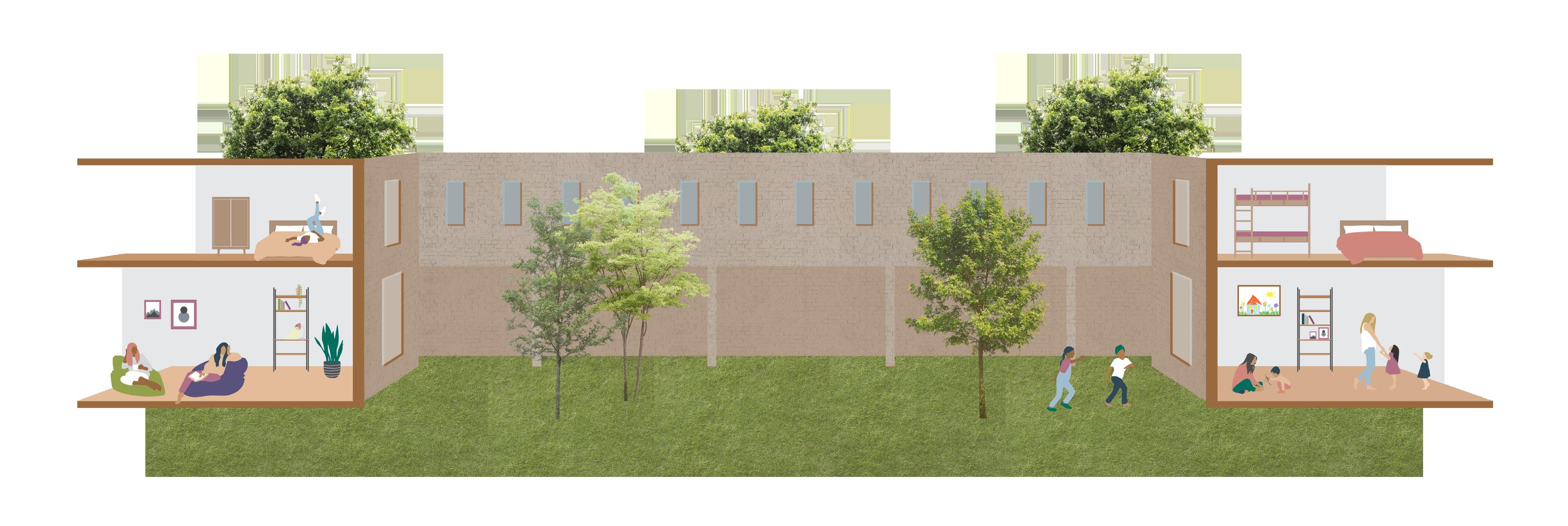
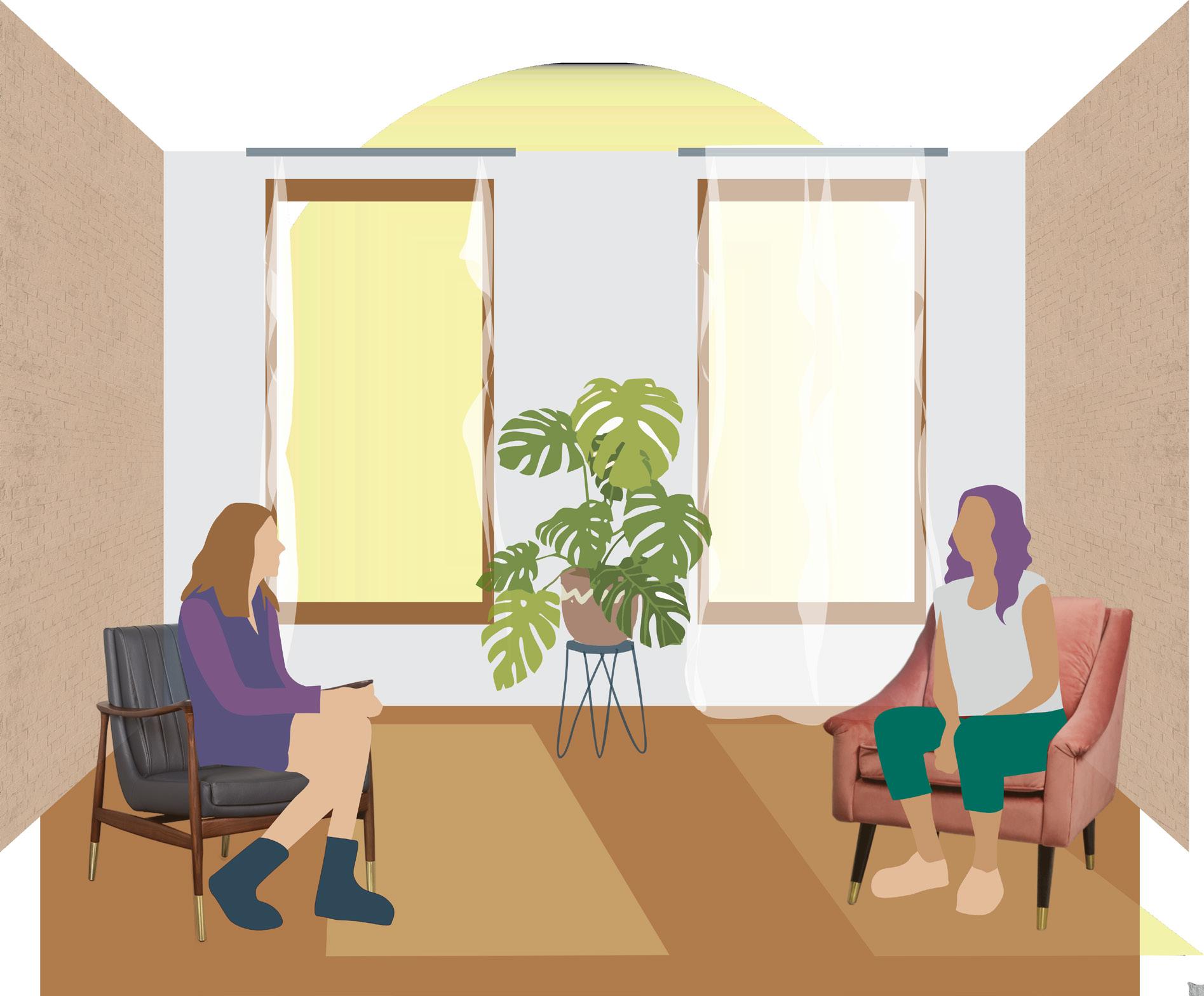
Artificial lighting used correctly can create the ideal atmosphere for privacy and relaxation in resting areas. Low temperature lighting can trigger the generation of melatonin, which is important for a good sleep.
This would keep the disruption to a minimum, as children’s louder noises may disturb other users and constitute a stress factor. If separation is not possible, acoustic insulation would help reduce the noise from permeating into other rooms, as would implementing soft, sound-absorbing elements such as fabrics (in carpets, curtains, and furniture).
8. Create a relationship with nature.
Being in contact with nature is stress reducing, improves creativity, and makes us feel at home.
Wherever possible, natural areas such as outdoor patios or play areas for children should be accessible. These should provide areas for socializing and quiet retreats. This outdoor area must not be visible to people outside the shelter.
If direct connection with natural elements is impossible, strengthening this relationship with natural views of green spaces, water, trees, or at least pictures of nature, are good alternatives to consider.
9. Use tactile materials.
Texturized materials (wood, exposed brick) draw users’ attention to their surroundings and the present moment, which is a principle of mindfulness. Fabric in furniture can also add tactile interest into a space.
10. Include calm retreat areas.
These provide an escape from the busy community life to do simple activities: read, work, meditate. Proper acoustic insulation and lighting should be considered for interior spaces, although exterior areas such as gardens and trails could also serve the purpose.
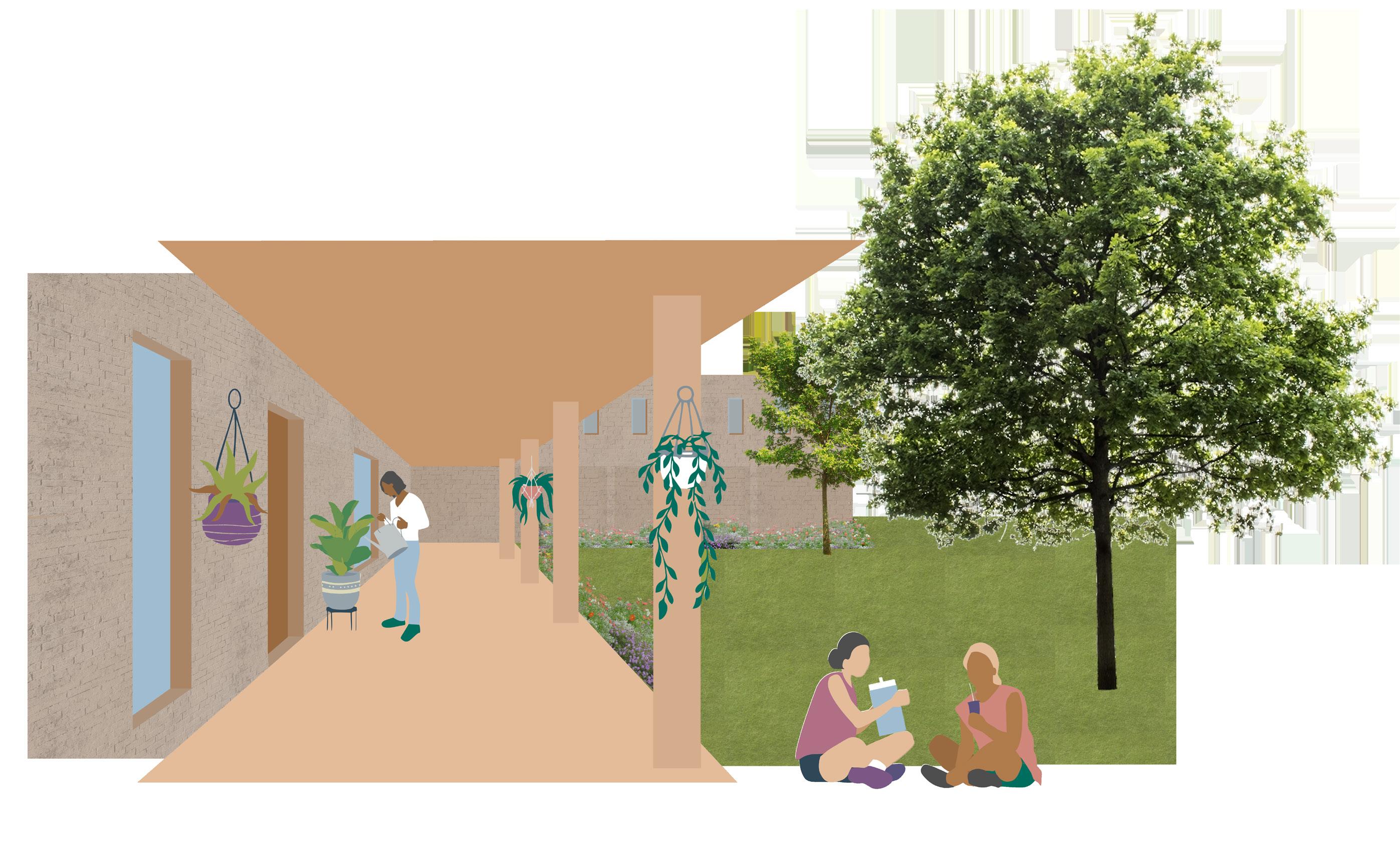
This also gives users control over the activities they wish to engage in and the environment they decide to spend their time in.
While spaces for activity and socializing are important in the recovery process, calm spaces are no less so, although they may be considered a luxury due to budget or spatial constraints.
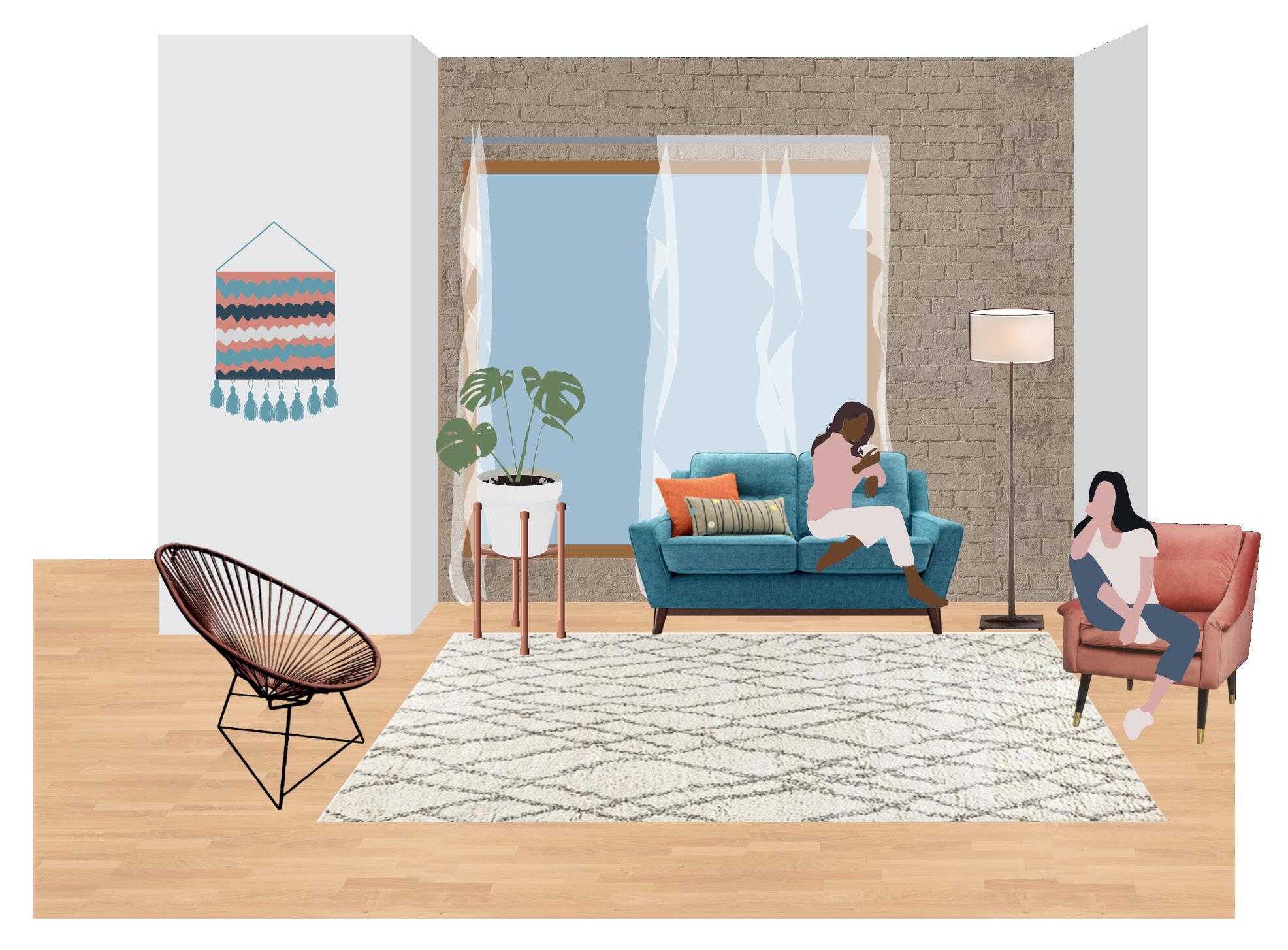
11. Provide enough storage.
Accessible places for personal items can highly benefit users. It gives a sense of control of their belongings and helps keep their personal space organized. Studies show that messy homes may elevate the cortisol levels in people, which causes stress.
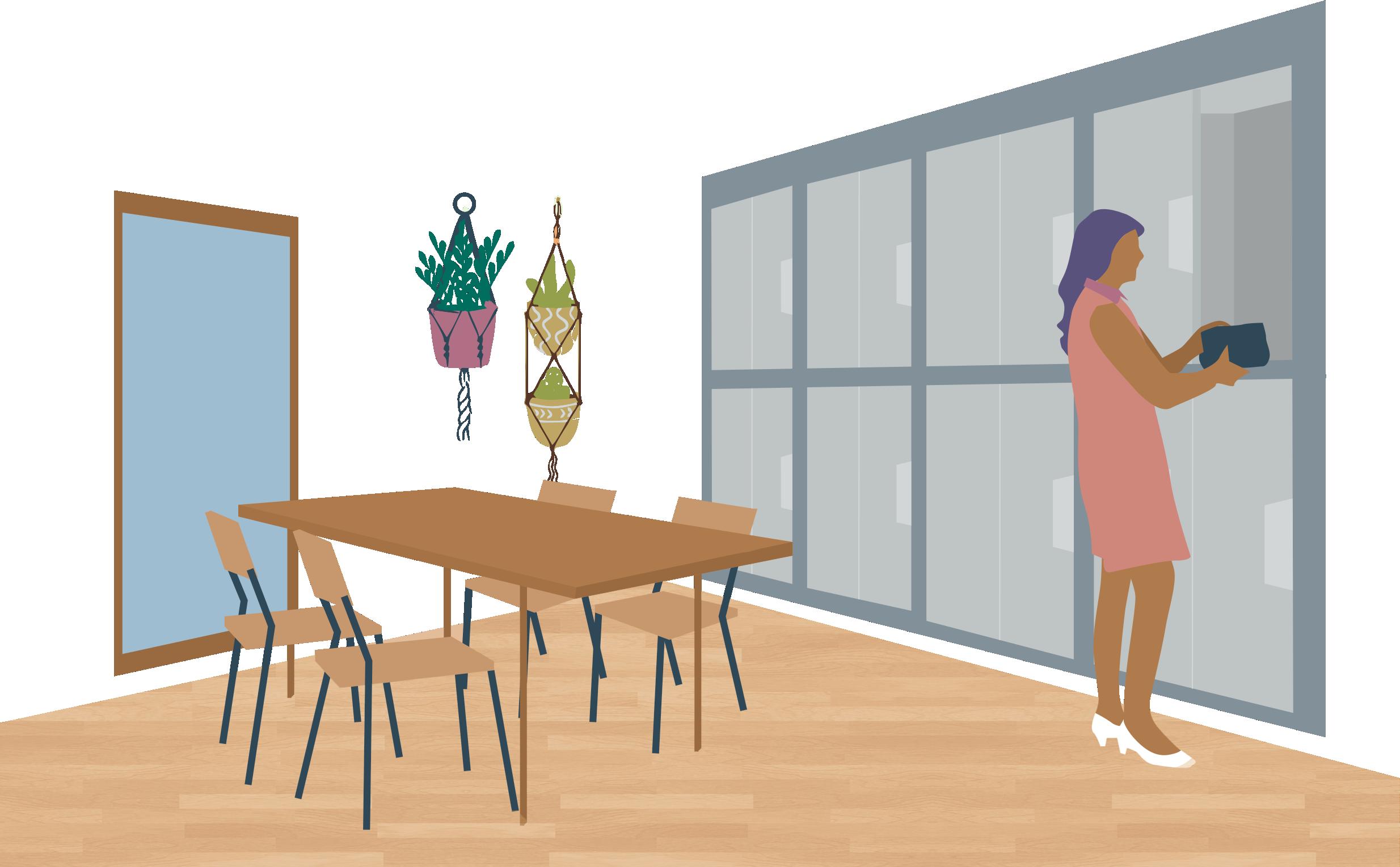
Storage places can be concealed or included in other equipment such as under staircases or beds. If private rooms are not large enough to accommodate enough storage, lockers in communal areas can be considered.





